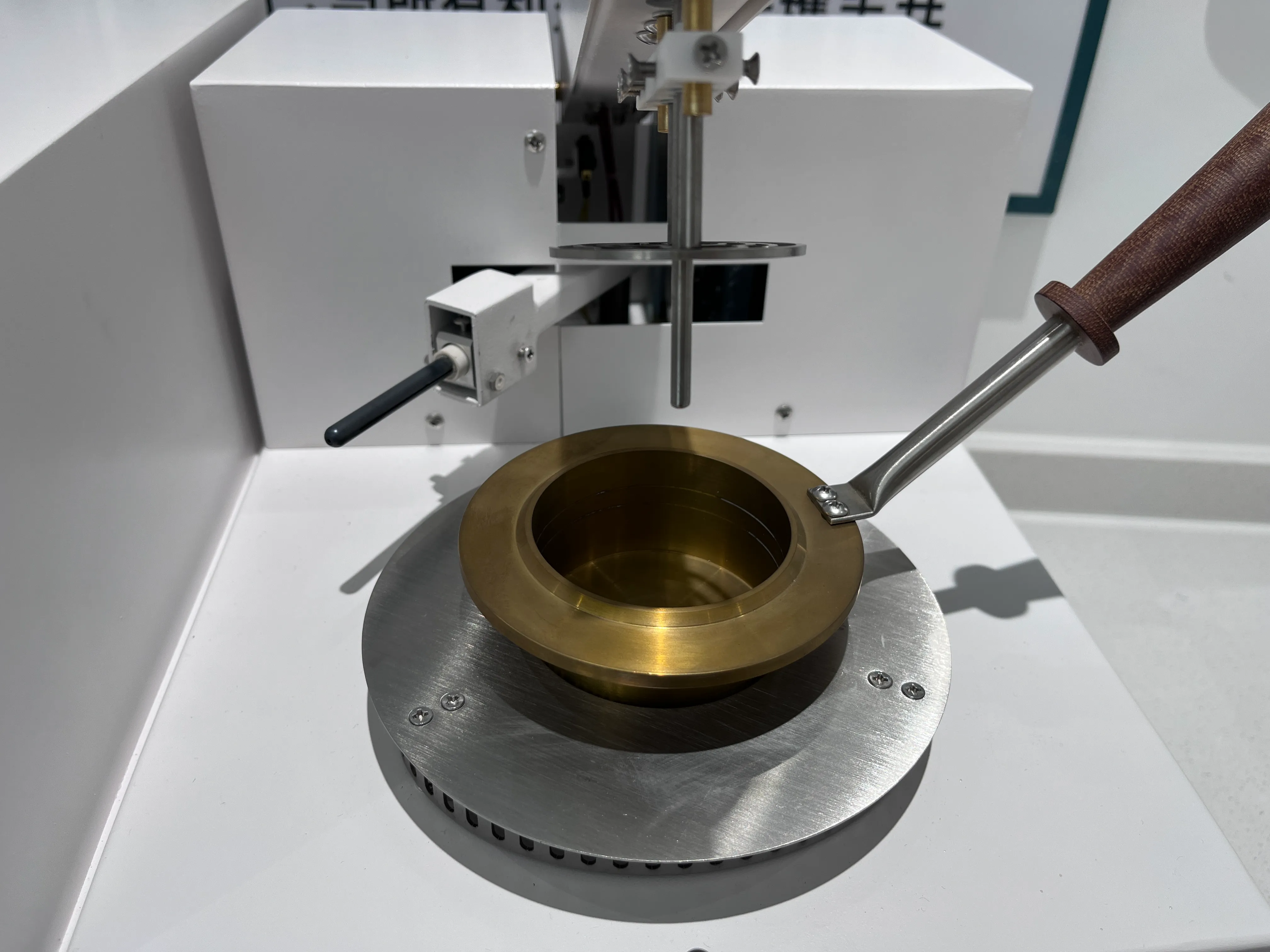 English
English



-
 Afrikaans
Afrikaans -
 Albanian
Albanian -
 Amharic
Amharic -
 Arabic
Arabic -
 Armenian
Armenian -
 Azerbaijani
Azerbaijani -
 Basque
Basque -
 Belarusian
Belarusian -
 Bengali
Bengali -
 Bosnian
Bosnian -
 Bulgarian
Bulgarian -
 Catalan
Catalan -
 Cebuano
Cebuano -
 China
China -
 China (Taiwan)
China (Taiwan) -
 Corsican
Corsican -
 Croatian
Croatian -
 Czech
Czech -
 Danish
Danish -
 Dutch
Dutch -
 English
English -
 Esperanto
Esperanto -
 Estonian
Estonian -
 Finnish
Finnish -
 French
French -
 Frisian
Frisian -
 Galician
Galician -
 Georgian
Georgian -
 German
German -
 Greek
Greek -
 Gujarati
Gujarati -
 Haitian Creole
Haitian Creole -
 hausa
hausa -
 hawaiian
hawaiian -
 Hebrew
Hebrew -
 Hindi
Hindi -
 Miao
Miao -
 Hungarian
Hungarian -
 Icelandic
Icelandic -
 igbo
igbo -
 Indonesian
Indonesian -
 irish
irish -
 Italian
Italian -
 Japanese
Japanese -
 Javanese
Javanese -
 Kannada
Kannada -
 kazakh
kazakh -
 Khmer
Khmer -
 Rwandese
Rwandese -
 Korean
Korean -
 Kurdish
Kurdish -
 Kyrgyz
Kyrgyz -
 Lao
Lao -
 Latin
Latin -
 Latvian
Latvian -
 Lithuanian
Lithuanian -
 Luxembourgish
Luxembourgish -
 Macedonian
Macedonian -
 Malgashi
Malgashi -
 Malay
Malay -
 Malayalam
Malayalam -
 Maltese
Maltese -
 Maori
Maori -
 Marathi
Marathi -
 Mongolian
Mongolian -
 Myanmar
Myanmar -
 Nepali
Nepali -
 Norwegian
Norwegian -
 Norwegian
Norwegian -
 Occitan
Occitan -
 Pashto
Pashto -
 Persian
Persian -
 Polish
Polish -
 Portuguese
Portuguese -
 Punjabi
Punjabi -
 Romanian
Romanian -
 Russian
Russian -
 Samoan
Samoan -
 Scottish Gaelic
Scottish Gaelic -
 Serbian
Serbian -
 Sesotho
Sesotho -
 Shona
Shona -
 Sindhi
Sindhi -
 Sinhala
Sinhala -
 Slovak
Slovak -
 Slovenian
Slovenian -
 Somali
Somali -
 Spanish
Spanish -
 Sundanese
Sundanese -
 Swahili
Swahili -
 Swedish
Swedish -
 Tagalog
Tagalog -
 Tajik
Tajik -
 Tamil
Tamil -
 Tatar
Tatar -
 Telugu
Telugu -
 Thai
Thai -
 Turkish
Turkish -
 Turkmen
Turkmen -
 Ukrainian
Ukrainian -
 Urdu
Urdu -
 Uighur
Uighur -
 Uzbek
Uzbek -
 Vietnamese
Vietnamese -
 Welsh
Welsh -
 Bantu
Bantu -
 Yiddish
Yiddish -
 Yoruba
Yoruba -
 Zulu
Zulu
dc dielectric test
Understanding the DC Dielectric Test Importance and Application
The DC dielectric test is a crucial method used in electrical engineering to assess the insulation quality of various electrical components, such as cables, transformers, and switchgear. This testing technique measures the insulating material's ability to withstand high voltage without breaking down. As the demand for reliable and efficient electrical equipment continues to rise, understanding the principles and importance of DC dielectric testing becomes paramount in ensuring the safety and longevity of electrical systems.
Unlike AC dielectric tests, DC dielectric tests apply a constant voltage to the insulation, allowing for a clearer understanding of how the insulation performs under steady-state conditions. This method helps in identifying any weaknesses or defects in insulation materials that may not be evident in alternating current (AC) tests. The fundamental principle behind dielectric testing is that the insulation material should exhibit high resistance to direct current and remain unaffected when subjected to high voltage levels.
Importance of DC Dielectric Testing
The importance of DC dielectric testing cannot be overstated. First and foremost, it plays a significant role in quality assurance during the manufacturing process of electrical components. By performing DC dielectric tests on new products, manufacturers can ensure that only those meeting the required insulation standards are released to the market. This not only protects the company's reputation but also enhances consumer safety.
Furthermore, DC dielectric tests are essential for preventive maintenance in existing electrical systems. Over time, insulation can degrade due to various factors, including environmental conditions, mechanical stress, and thermal cycles. Regularly scheduled DC dielectric testing allows for early detection of insulation failure, enabling maintenance personnel to address issues before they lead to catastrophic failures. This proactive approach can significantly reduce downtime and repair costs associated with electrical system failures.
dc dielectric test

Methodology of DC Dielectric Testing
The procedure for conducting a DC dielectric test typically involves several steps. First, the equipment or insulation sample is prepared and disconnected from any power sources. Following this, a high-voltage testing apparatus is connected to the insulation. The voltage is then gradually increased to the prescribed test level, usually determined by the type of insulation and its rated voltage.
During the test, the insulation’s resistance is monitored. A key measurement to observe is the insulation resistance (IR), which is typically measured in megohms. Acceptable IR values vary depending on the equipment being tested, but in general, a higher resistance value indicates better insulation quality. Furthermore, the test may involve monitoring the polarisation index (PI), which is the ratio of insulation resistance values measured over a specific timeframe. A low PI value can indicate moisture ingress or other deterioration of the insulation.
Conclusion
In conclusion, the DC dielectric test is an essential tool in the field of electrical engineering, serving as a reliable method for evaluating insulation integrity. Its importance spans from manufacturing quality control to ongoing maintenance practices in operational electrical systems. By identifying potential insulation failures early, organizations can enhance equipment reliability and ensure safety, ultimately leading to improved operational efficiency. With the continual evolution of electrical technologies and increasing demands on electrical infrastructure, the role of DC dielectric testing will remain critical in maintaining the integrity of electrical systems worldwide.
-
Using Distillation Range Testers in the Food and Beverage IndustryNewsApr.16,2025
-
The Impact of IoT on Distillation Range Tester PerformanceNewsApr.16,2025
-
The Best Distillation Range Testers for Extreme ConditionsNewsApr.16,2025
-
How Distillation Range Testers Save Time and MoneyNewsApr.16,2025
-
Distillation Devices for Advanced Separation TechniquesNewsApr.16,2025
-
Common Mistakes to Avoid When Using a Distillation Range TesterNewsApr.16,2025



